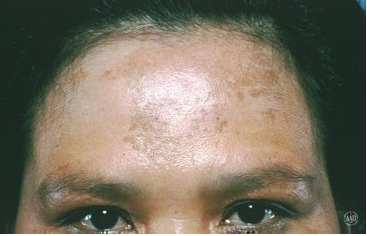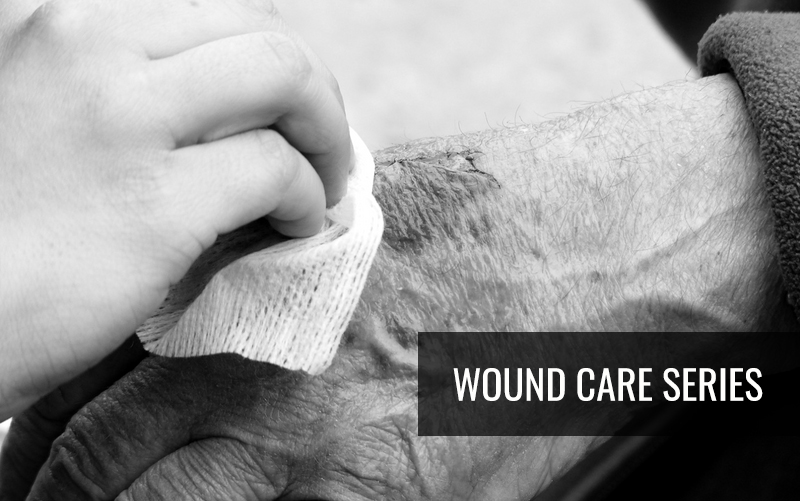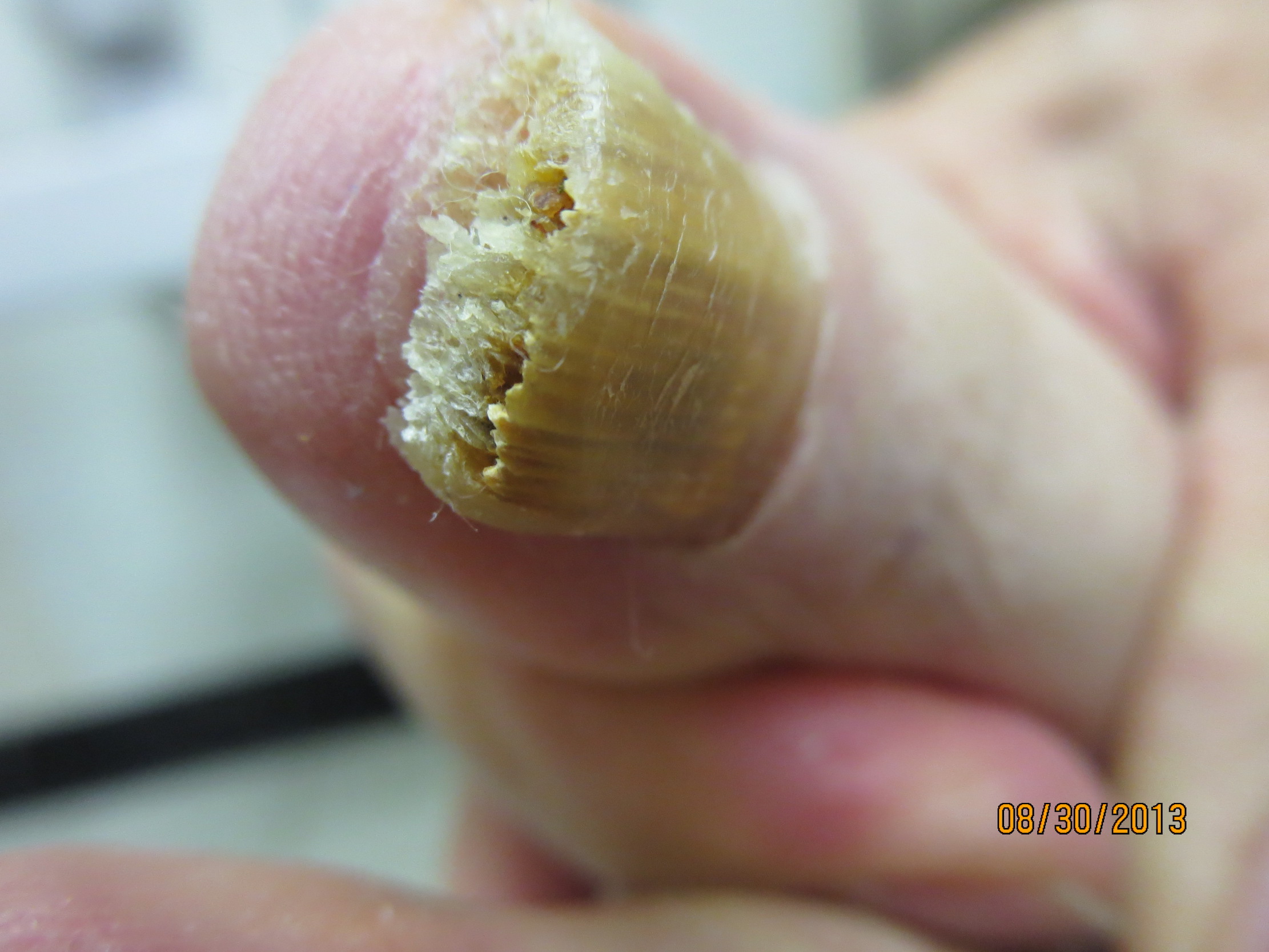It’s Pop Quiz Friday 8/3! Let’s see if you get it right!
 Which of the following peels is the best option for treatment of this condition?
A. Trichloroacetic acid 10-25%
B. Baker Gordon Peel
C. Three coats of Tricholoracetic acid 35%
D. Trichloroacetic acid 50%
E. Tricholoracetic acid 35% + jessner's solution
To find out the correct answer and read the explanation, click here.
Brought to you by our Brand Partner
…
Which of the following peels is the best option for treatment of this condition?
A. Trichloroacetic acid 10-25%
B. Baker Gordon Peel
C. Three coats of Tricholoracetic acid 35%
D. Trichloroacetic acid 50%
E. Tricholoracetic acid 35% + jessner's solution
To find out the correct answer and read the explanation, click here.
Brought to you by our Brand Partner
…
 Which of the following peels is the best option for treatment of this condition?
A. Trichloroacetic acid 10-25%
B. Baker Gordon Peel
C. Three coats of Tricholoracetic acid 35%
D. Trichloroacetic acid 50%
E. Tricholoracetic acid 35% + jessner's solution
To find out the correct answer and read the explanation, click here.
Brought to you by our Brand Partner
…
Which of the following peels is the best option for treatment of this condition?
A. Trichloroacetic acid 10-25%
B. Baker Gordon Peel
C. Three coats of Tricholoracetic acid 35%
D. Trichloroacetic acid 50%
E. Tricholoracetic acid 35% + jessner's solution
To find out the correct answer and read the explanation, click here.
Brought to you by our Brand Partner
… Continue reading "It’s Pop Quiz Friday 8/3! Let’s see if you get it right!"


 Dermatology practices often deal with denials and even audits because the complexities of billing and coding lend themselves to a lot of billing and coding errors. Billing and coding for dermatology requires detailed reporting, detailed information on procedures completed and following multiple procedure rules. Throughout the past several years, multiple changes have been made to dermatology codes …
Dermatology practices often deal with denials and even audits because the complexities of billing and coding lend themselves to a lot of billing and coding errors. Billing and coding for dermatology requires detailed reporting, detailed information on procedures completed and following multiple procedure rules. Throughout the past several years, multiple changes have been made to dermatology codes …  Starting Residency? During the 2018 Skin of Color Seminar Series(now the Skin of Color Update), Next Steps correspondent, Brianna Olamiju, spoke with some of the top dermatology thought leaders about what you should know.
What are three pieces of advice you would give to an individual entering dermatology residency?
Dr. Ted Rosen:
Work towards developingan area of significant expertis …
Starting Residency? During the 2018 Skin of Color Seminar Series(now the Skin of Color Update), Next Steps correspondent, Brianna Olamiju, spoke with some of the top dermatology thought leaders about what you should know.
What are three pieces of advice you would give to an individual entering dermatology residency?
Dr. Ted Rosen:
Work towards developingan area of significant expertis …  PART 2
Wound Assessment: How to Ask the Right Questions
As I alluded to in my earlier post “Why Aren’t Dermatologists More Involved in Wound Care”, many dermatologists shy away from treating wounds, with some citing lack of confidence in their ability to offer appropriate care to patients. However, the treatment of wounds can be simplified by a stepwise approach. The first st …
PART 2
Wound Assessment: How to Ask the Right Questions
As I alluded to in my earlier post “Why Aren’t Dermatologists More Involved in Wound Care”, many dermatologists shy away from treating wounds, with some citing lack of confidence in their ability to offer appropriate care to patients. However, the treatment of wounds can be simplified by a stepwise approach. The first st …  A patient presents with nail findings seen here. Biopsy demonstrates fungus. The patient recently saw an add for a medication, Jublia (Efinaconazole). What is the medication of action?
A. Antifungal via inhibiting fungal lanosterol 14-alpha-demethylase
B. Inhibits squalene epoxidase
C. Inhibits DNA gyrase
D. Inhibits epithelial sodium channels
E. Binds ergosterol and forms por …
A patient presents with nail findings seen here. Biopsy demonstrates fungus. The patient recently saw an add for a medication, Jublia (Efinaconazole). What is the medication of action?
A. Antifungal via inhibiting fungal lanosterol 14-alpha-demethylase
B. Inhibits squalene epoxidase
C. Inhibits DNA gyrase
D. Inhibits epithelial sodium channels
E. Binds ergosterol and forms por …